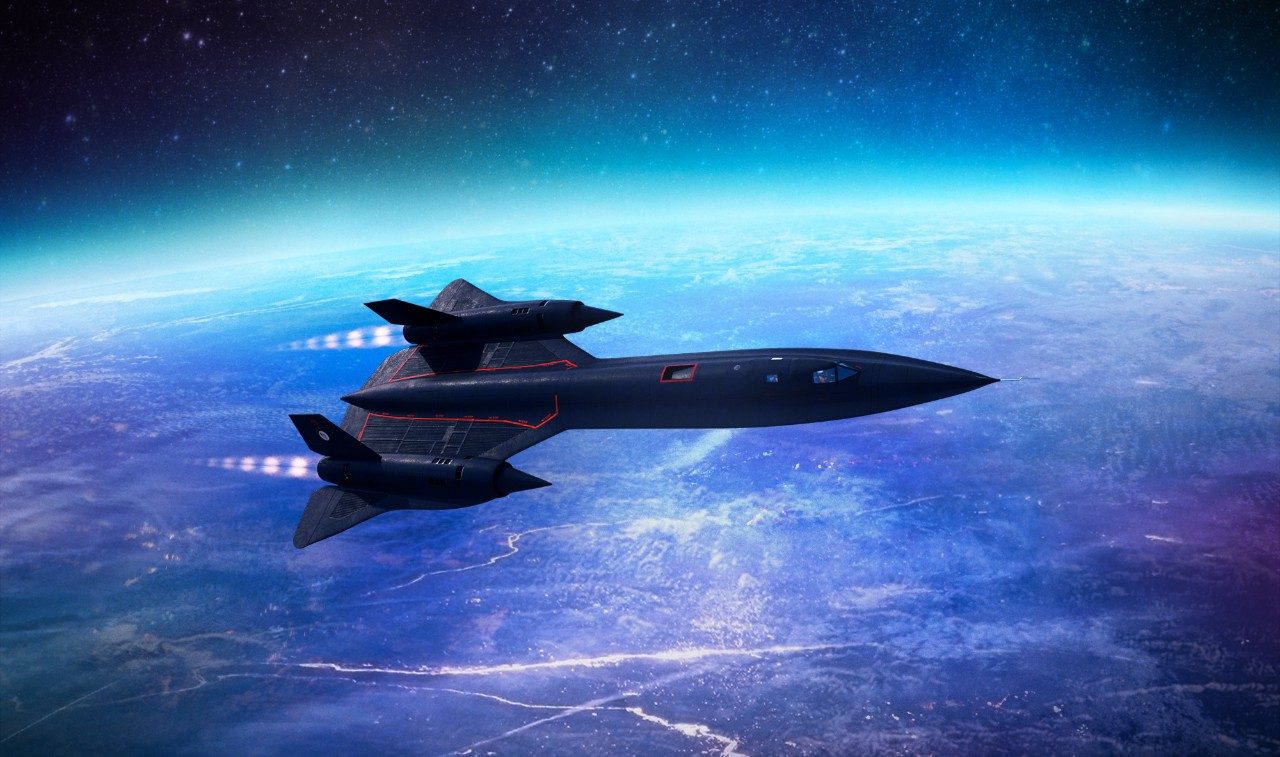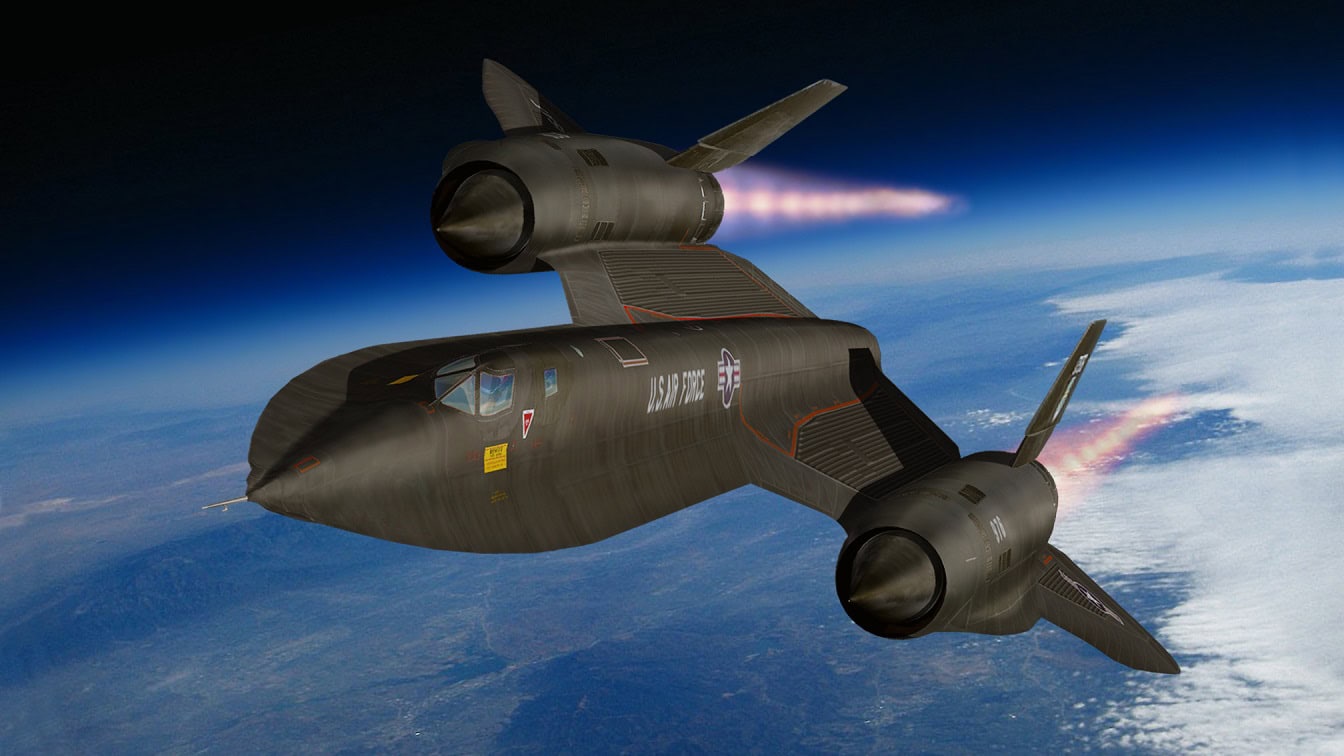The Remarkable SR-71 Blackbird: A Marvel of Aerospace Engineering
The SR-71 Blackbird stands as an unparalleled marvel in the history of aerospace engineering. Designed and developed by the legendary team at Lockheed’s Skunk Works division, this reconnaissance aircraft pushed the boundaries of technology and achieved feats that continue to astonish aviation enthusiasts even decades after its retirement.
One of the most iconic features of the SR-71 is its incredible speed. Capable of reaching speeds exceeding Mach 3 (three times the speed of sound), the Blackbird could traverse continents in mere hours. This astonishing speed not only reduced its vulnerability to enemy defenses but also allowed it to cover vast areas of territory during reconnaissance missions.
In addition to its speed, the SR-71’s ability to fly at extremely high altitudes is another testament to its engineering excellence. Operating at altitudes above 85,000 feet, the aircraft cruised in near-space conditions, where its crew experienced surreal views of the curvature of the Earth and the ink-black expanse of space.
The design of the SR-71 was a delicate balance of aerodynamics and thermal management. Its distinctive shape, characterized by its long fuselage and sharply pointed nose, allowed it to efficiently cut through the air at high speeds. The aircraft’s skin was made primarily of titanium, which not only contributed to its sleek appearance but also played a crucial role in handling the intense heat generated by its high-speed flights.
As the SR-71 soared through the atmosphere at such incredible velocities, friction with air caused its surface temperature to rise significantly. To counter this, the aircraft was designed with a unique feature: its skin panels were not flush when on the ground. Instead, they were intentionally misaligned to account for the expansion that occurred due to heating during flight. This attention to detail showcased the exceptional ingenuity of the engineers who worked on the project.
The SR-71 Blackbird was not just a technological marvel; it was also ahead of its time in terms of stealth capabilities. Although not a traditional stealth aircraft, its sleek design and the use of radar-absorbing materials contributed to a reduced radar cross-section, making it more challenging for adversaries to detect and track.
Despite its groundbreaking achievements, the SR-71 was retired from active service in the late 1990s. Its retirement was a bittersweet moment for aviation enthusiasts who had marveled at its capabilities for decades. However, the legacy of the Blackbird lives on, as it remains a symbol of human innovation, determination, and the relentless pursuit of pushing the boundaries of what is possible in aerospace engineering.
In conclusion, the SR-71 Blackbird stands as a testament to human ingenuity and technological advancement. Its record-breaking speed, remarkable altitude capabilities, and ingenious design continue to inspire the aerospace industry and remind us of the heights we can achieve when we set our sights on the skies.
Hits: 4










